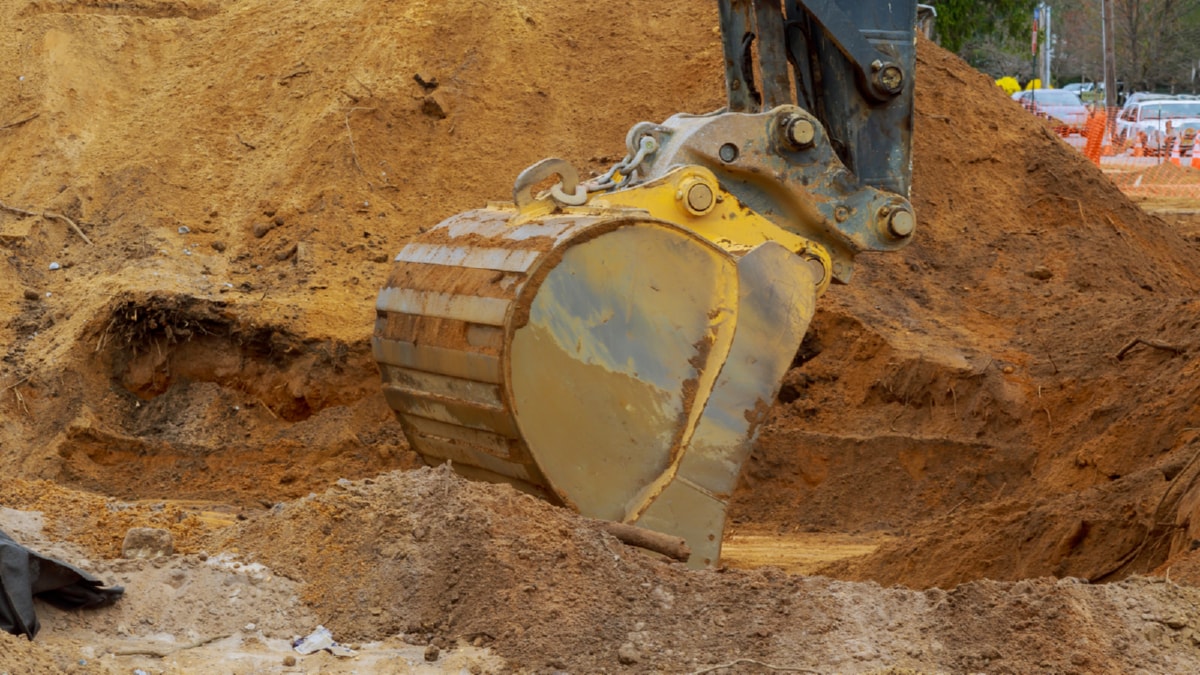One of the most exciting advancements in green construction technology is the development of new, sustainable building materials. These materials, often derived from recycled or renewable sources, offer improved energy efficiency and lower environmental impact compared to traditional options. For instance, hempcrete, made from the inner woody core of the hemp plant, is emerging as a green alternative to concrete due to its excellent insulation properties and carbon sequestration capabilities. Other examples include mycelium, a mushroom-based material, and recycled plastic bricks, both offering eco-friendly, cost-effective construction solutions.
On the design front, Building Information Modeling (BIM) is changing the game. BIM is a digital representation of physical and functional characteristics of a facility, enabling architects and engineers to optimize their designs for energy efficiency and sustainability from the earliest stages. By simulating various aspects such as sunlight exposure, thermal performance, and energy consumption, BIM allows the creation of structures that are finely tuned to their environment and function.
The rise of smart buildings is another significant trend in green construction technology. Smart buildings employ systems, devices, and protocols that automate and optimize building operations for energy efficiency, comfort, and safety. From intelligent lighting systems that adapt to natural light levels, to HVAC systems that learn and adjust to occupancy patterns, smart technology is making buildings more eco-friendly and user-friendly.
Solar technology has also seen substantial advancements. While photovoltaic panels have been used for years, recent innovations like solar glass and solar shingles have made it possible to incorporate solar power generation seamlessly into building design. These technologies not only generate clean energy but also contribute to the aesthetic appeal of structures.
The integration of green spaces into building design, known as biophilic design, is another innovation promoting sustainability in construction. Green roofs and walls, indoor gardens, and water features are being used to improve air quality, reduce heat absorption, and enhance the wellbeing of building occupants.
Lastly, 3D printing technology is revolutionizing green construction by enabling precise, waste-free production of building components, and even entire buildings. By minimizing material waste, reducing transportation needs, and enabling the use of recycled or bio-based materials, 3D printing offers substantial environmental benefits.
In conclusion, the field of green construction technology is ripe with innovation. From new materials and design techniques to smart systems and renewable energy solutions, these advancements offer a promising path towards sustainable, efficient, and eco-friendly construction. As these technologies continue to mature and gain adoption, we can expect to see a significant transformation in the way we design, build, and inhabit our built environment.
For more details, check best masonry services or visit their business listing here.



